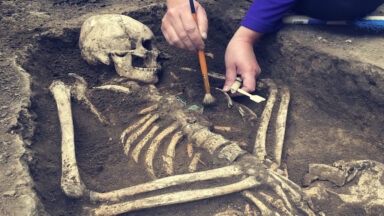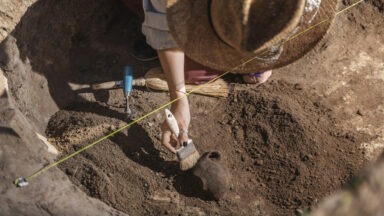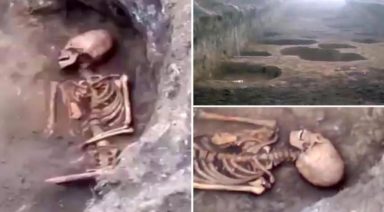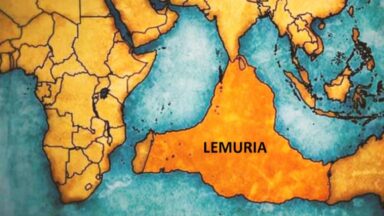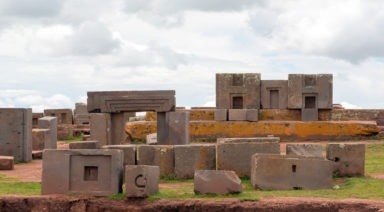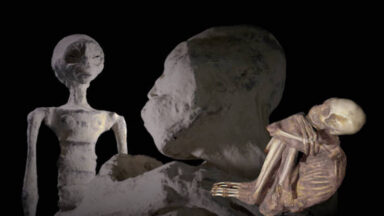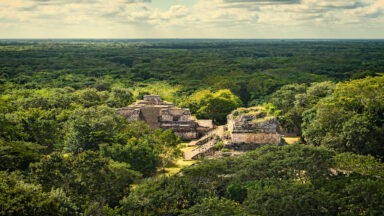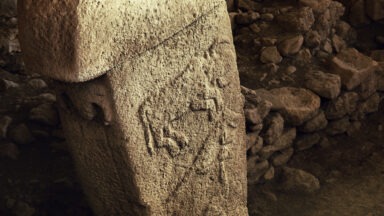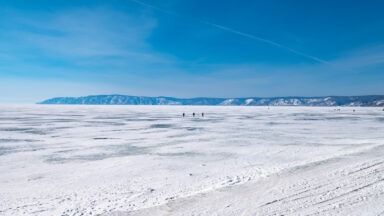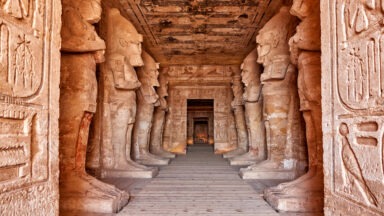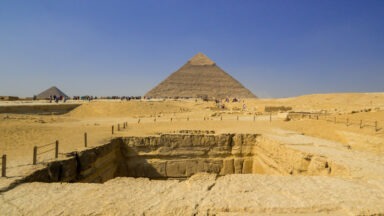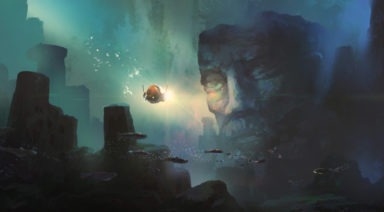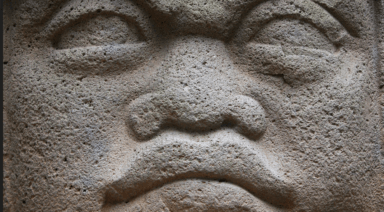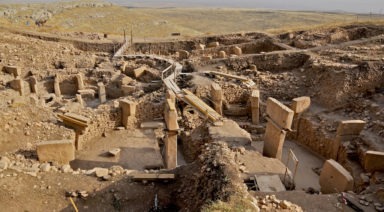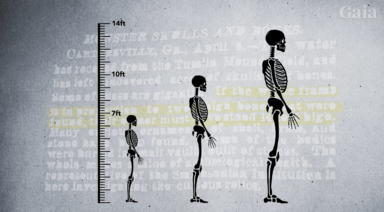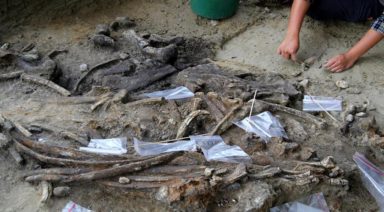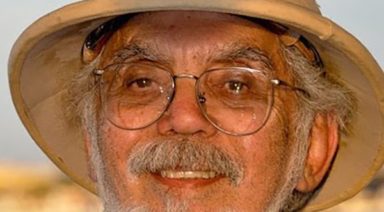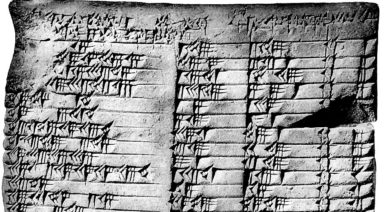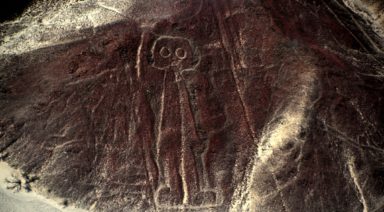Ancient Solar Storm Backs Theory of Lost Civilization’s Cataclysm
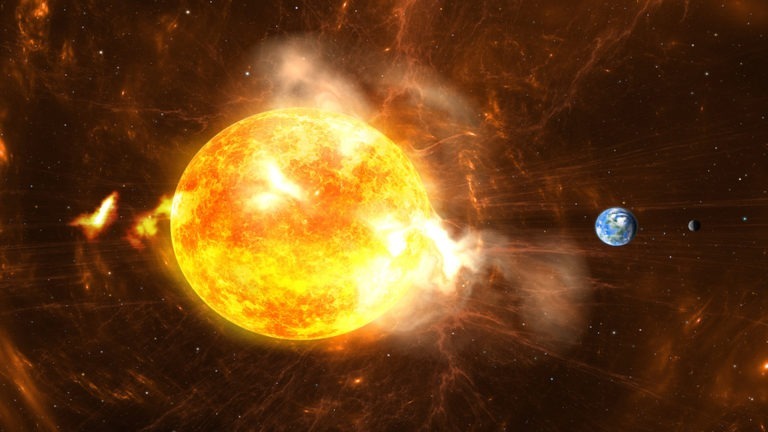
Scientists studying ice core samples in Greenland found evidence of a massive solar storm stronger than any recorded in modern history, including the devastating coronal mass ejection (CME) of 1859 known as the Carrington Event.
The discovery implies that these types of severe solar events occur more frequently than previously believed and may support Dr. Robert Schoch’s theory of a solar-induced extinction event that wiped out several advanced, ancient civilizations.
Researchers have made some fascinating breakthroughs studying Greenland’s ice sheet lately, including the discovery of two massive, 12,000-year-old asteroid impact craters, which researchers like Graham Hancock point to as the catalyst for the Younger Dryas period – an anachronistic ice age caused by dust and sediment thrown into the atmosphere, which blocked out the sun.
Schoch says he believes the Younger Dryas suddenly ended when a massive solar storm, such as a CME, scorched the planet and led to the rapid melting of ice, causing global flooding and an inhospitable climate– what Schoch has dubbed a Solar-Induced Dark Age, or SIDA. The intense heat and plasma outbursts from the sun caused further extinction of civilizations that survived the ice age, while forcing remaining survivors to retreat below ground.
Schoch says one sees evidence of this in some of the oldest ruins on Earth, including the megalithic statues at Göbekli Tepe and Easter Island, which were not only buried below ground, but also show carvings that Schoch says he believes depict the solar phenomena these ancient people witnessed in the atmosphere.
Underground caves and shelters in the Cappadocia region of Anatolia, Turkey is further evidence for Schoch’s theory, which he says may be the key to our discovery of evidence for famously elusive, antediluvian civilizations such as Atlantis. According to Schoch, low-lying, thick stoned shelters with narrow entries, much like fall-out shelters or bunkers, have been found in these areas further supporting the idea that these people attempted to protect themselves from some aerial catastrophe.
This latest study appears to lend credence to Schoch’s theory, as radioactive atoms beryillium-10, chlorine-36, and carbon-14 caused by extensive radiation from solar protons were discovered in ice core samples, suggesting these types of solar storms happened way more often than once thought, and with much greater intensity.
Both Schoch’s and Hancock’s theories have been labeled “heretical” and “pseudoscientific,” but with more corroborating evidence such as this, their cases continue to strengthen. Meanwhile, the stalwarts of archeology continue to disregard mounting evidence that traditional narratives we’ve long been fed seem to be flawed.
And with this growing body of evidence showing human history may have a significantly older timeline, it’s hard to ignore Hancock’s assertion that when it comes to our own history, we may be “a species with amnesia.”
Russian Defense Minister Sergei Shoigu Wants to Clone Scythian Army
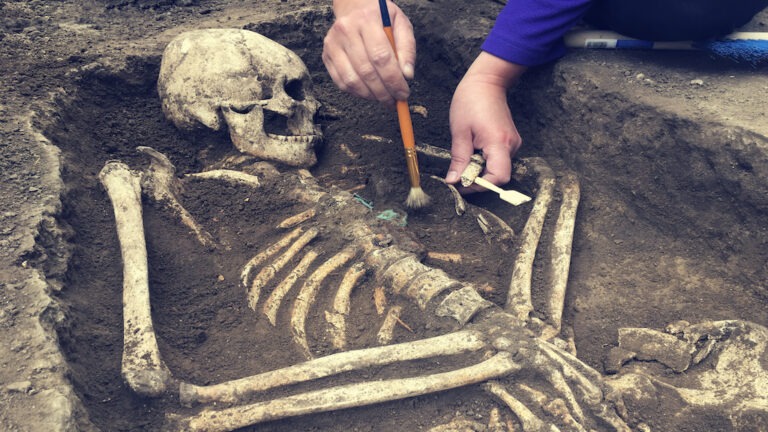
The Russian military is reportedly looking to clone ancient warriors. Is it possible, and if so, why would they do it?
In the Siberian Republic of Tuva lie the remains of Scythian warriors and their horses buried for nearly 3,000 years. Now, Russia’s Defense Minister Sergei Shoigu apparently wants to put them back into action.
According to Ancient Origins, Shoigu has announced his desire to clone the 3,000-year-old soldiers telling the Russian Geographical Society, “Of course, we would like very much to find the organic matter and I believe you understand what would follow that. It would be possible to make something of it, if not Dolly the Sheep. In general, it will be very interesting.”
Dolly the Sheep refers to the first mammal ever cloned back in 1996. Now, a Russian-Swiss archeological team is reportedly searching for viable DNA from the graves to clone the ancient warriors. But many scientists are skeptical that this is even possible. No human has ever been cloned—that we know of…


